Luck runs out but safety is good for life. – Unknown
In 2015, the US Department of Labor received reports of more than 37,000 separate accidents resulting in injuries in the HVAC field. That same year there were a total of 29 fatalities, with most falling into three categories:
- Transportation incidents – 7 fatalities in 2015
- Exposure to harmful substances or environments (electricity or inhalation risks) – 9 fatalities in 2015
- Falls, slips, and trips – 11 fatalities in 2015
Every job has its risk and that is why it is important not to fall victim to the biggest mistake that leads to injury or worst – getting too comfortable. As an HVAC tech, whether you are new to the job or have been working for 15+ years, getting comfortable enough to take a short cut to save time can lead you to injury or even worse.
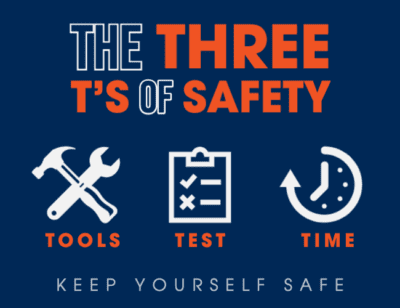
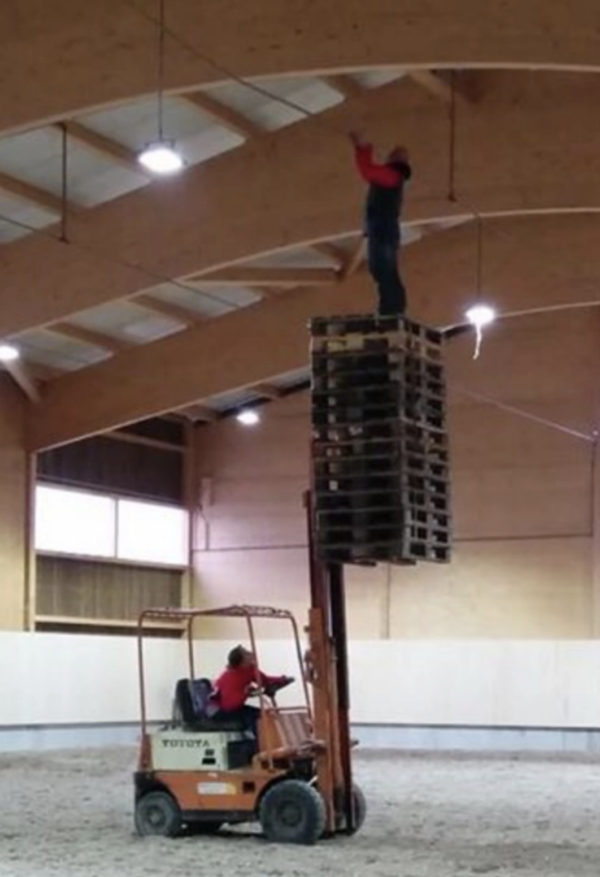
Shortcuts cut life short.
– Unknown
TOOLS

Your safety starts with using the correct tools. When you talk about your tools the obvious objects come to mind. Having a wide scope of tools allows you to always have the right tool for the task that needs to be performed. Using the wrong tool can leave you seriously injured. It is always a good idea to do a tool check frequently to clean tools and replace damaged tools. One of the biggest injuries in the field is falling. To avoid this hazard it is important to have ladders that are up to OSHA code, have a variety of lengths for the job you have to complete and have the proper harness or guardrail system. An important and often overlooked precaution is appropriate attire. Dressing for the job can help save you from permanent damage.
In November 2015, an HVAC installer fell through a skylight while attempting to pull free a saw that was stuck into a metal roof. When he jerked the saw loose from the roof, he lost his balance and fell through a skylight and onto the concrete, 15 feet below. He later died of his injuries.
TEST

To prevent disaster before starting any job it is important to conduct a survey to identify any hazards and to implement appropriate control measures. Risks to inspect for can be electrical risks, chemical hazards, slippery surfaces, or falling dangers.
While the technician was examining the unit he came into contact with a capacitor that served as a mini electrical generator for the unit. He touched the capacitor with his left hand while his right hand was touching the side of the metal unit, causing him to be electrocuted. He died instantly at the seen.
TIME

While being comfortable on the job may make you feel secure enough to take a short cut like using the closet tool, not the correct tool, or not going back to the truck to get a pair of gloves. Another factor that leaves HVAC techs looking down the barrel of a gun is time. Giving yourself time to prep your work area is highly important and can save your life. But something frequently discounted is leaving yourself to safely drive to your next job. Do your self the favor, drive safe.
In 2017, 1,299 U.S. workers driving or riding in a motor vehicle on a public road died in a work-related crash (25% of all work-related deaths). In 2013 alone, work-related crashes cost employers $25 billion- $65,000 per nonfatal injury and $671,000 per death.

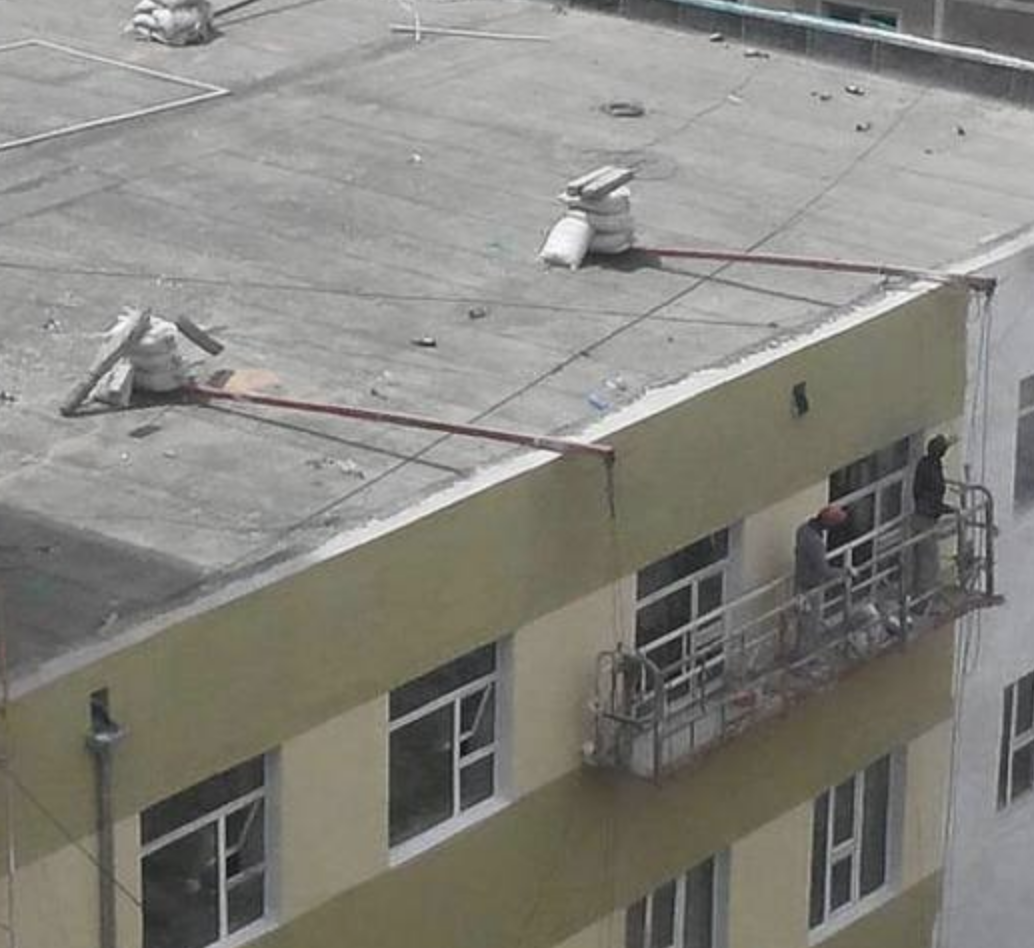
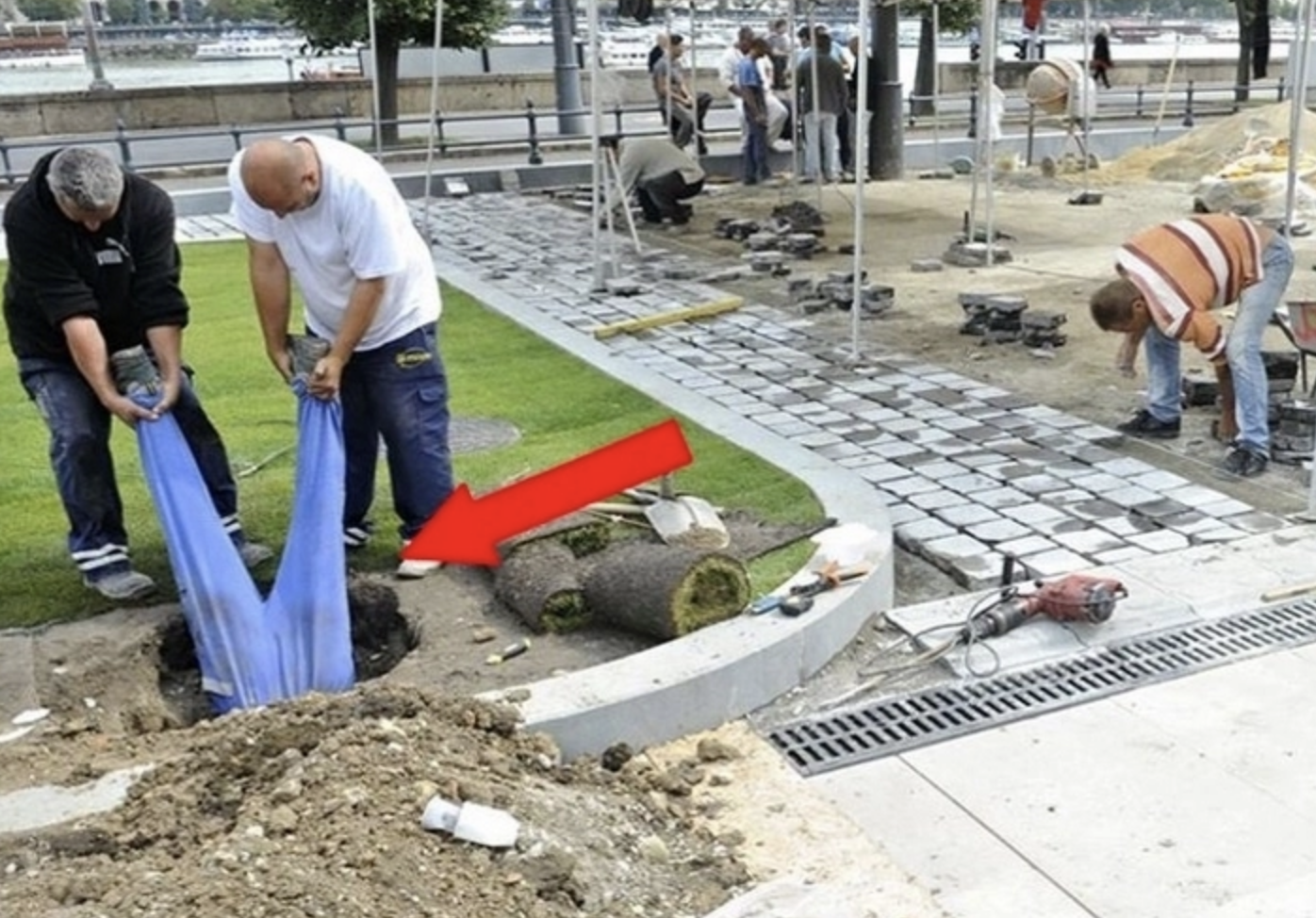
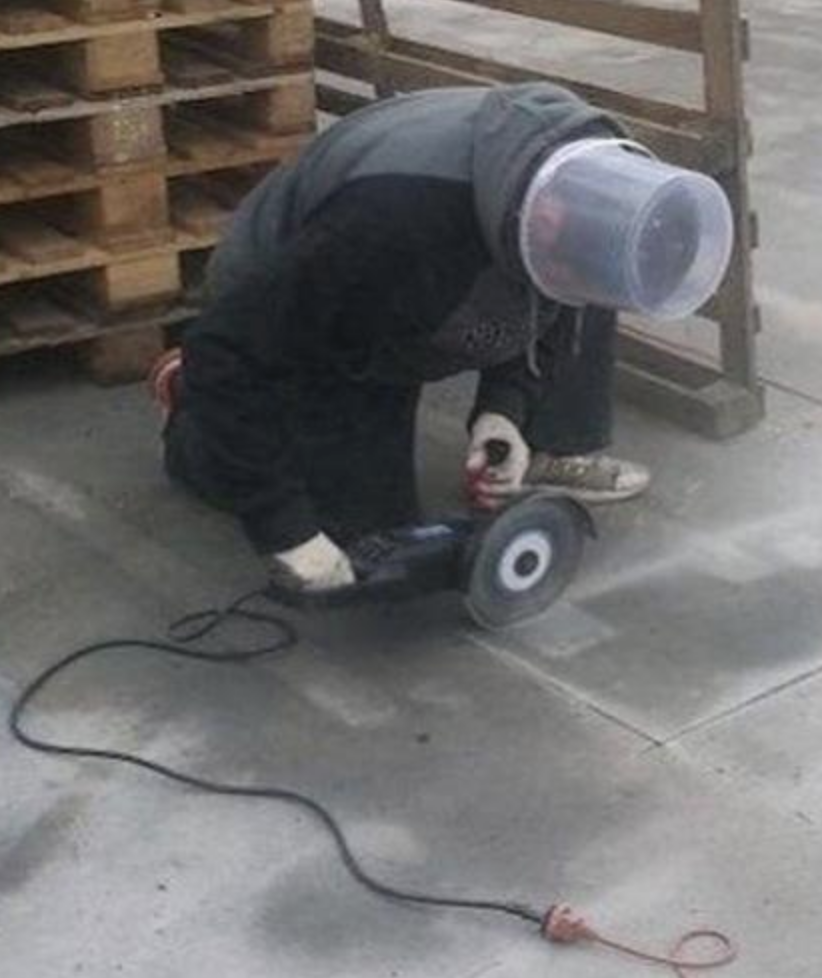
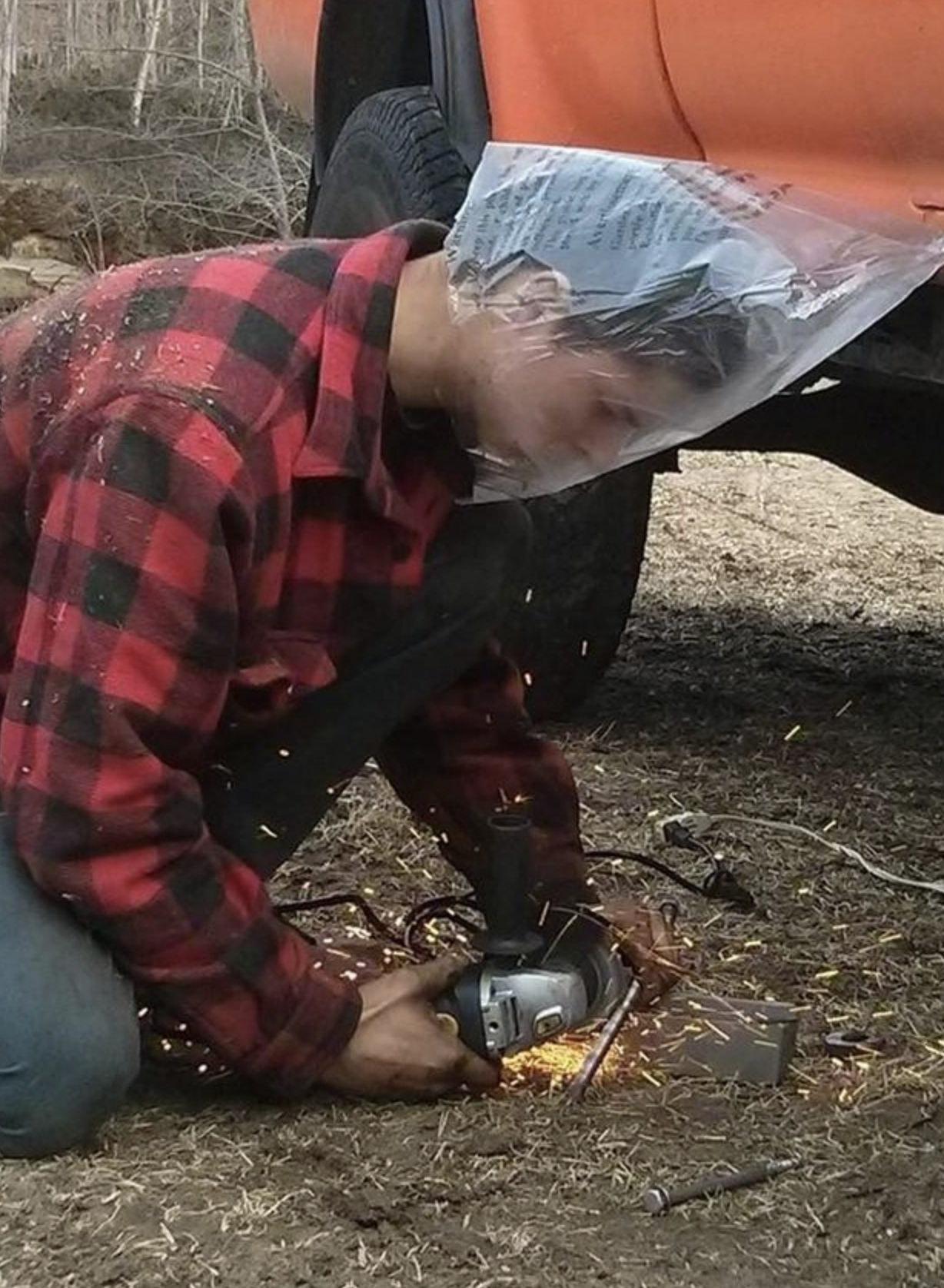
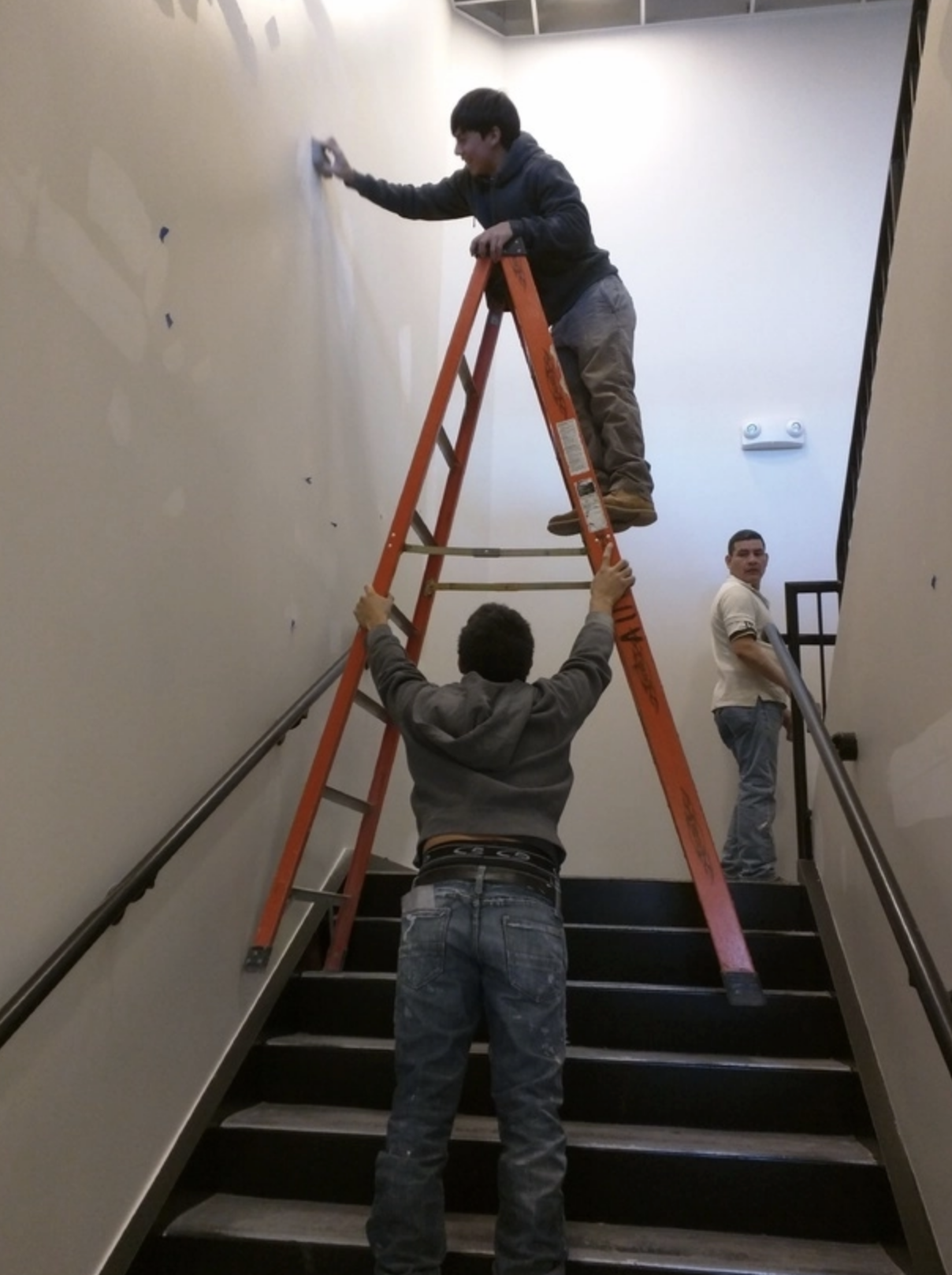
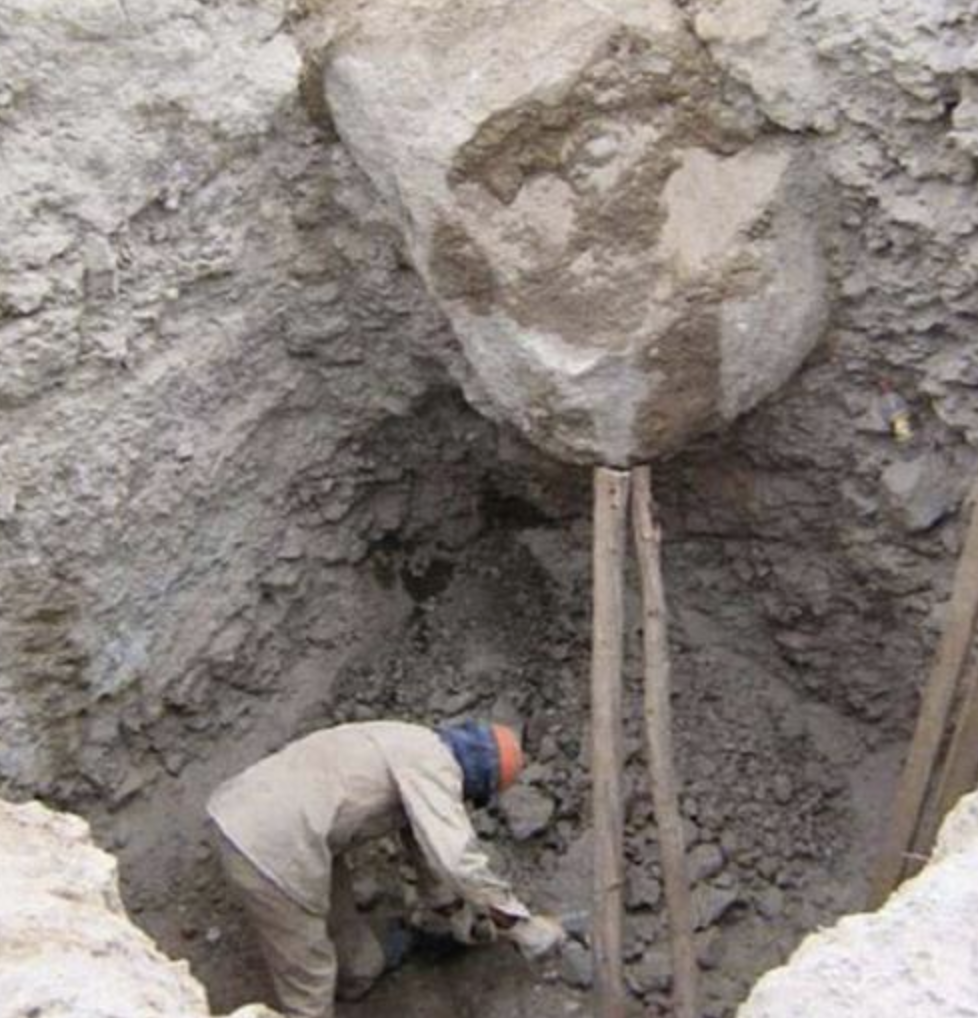
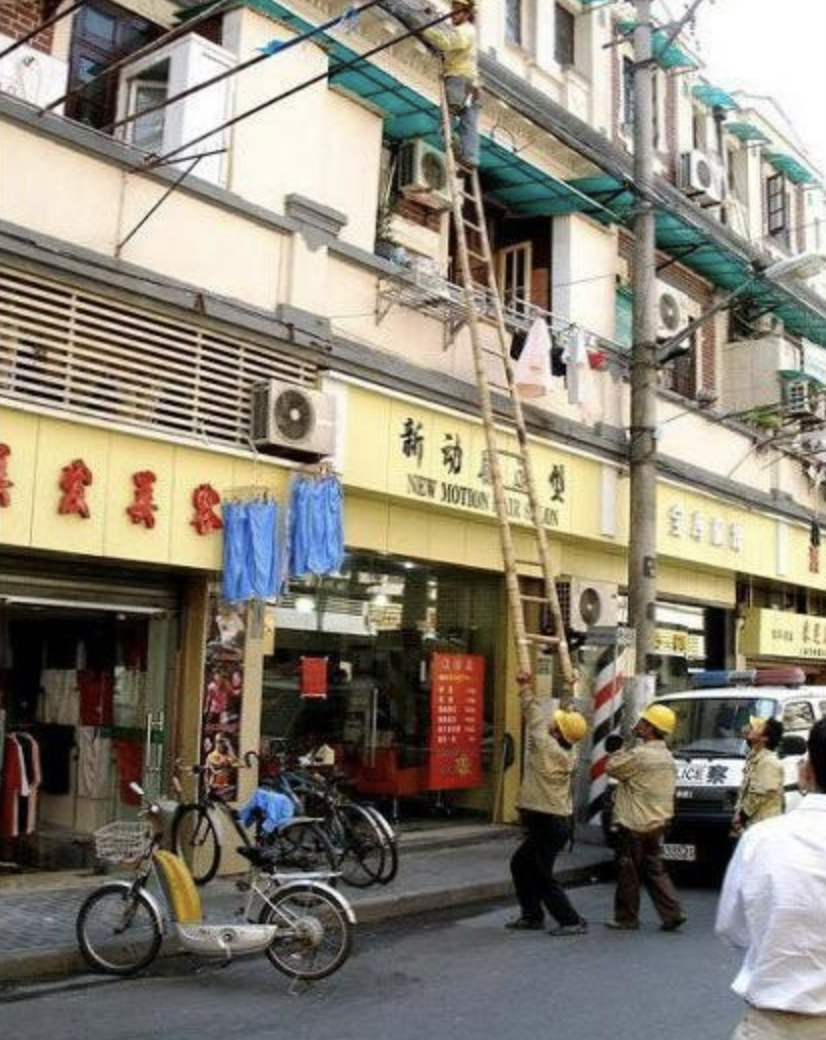
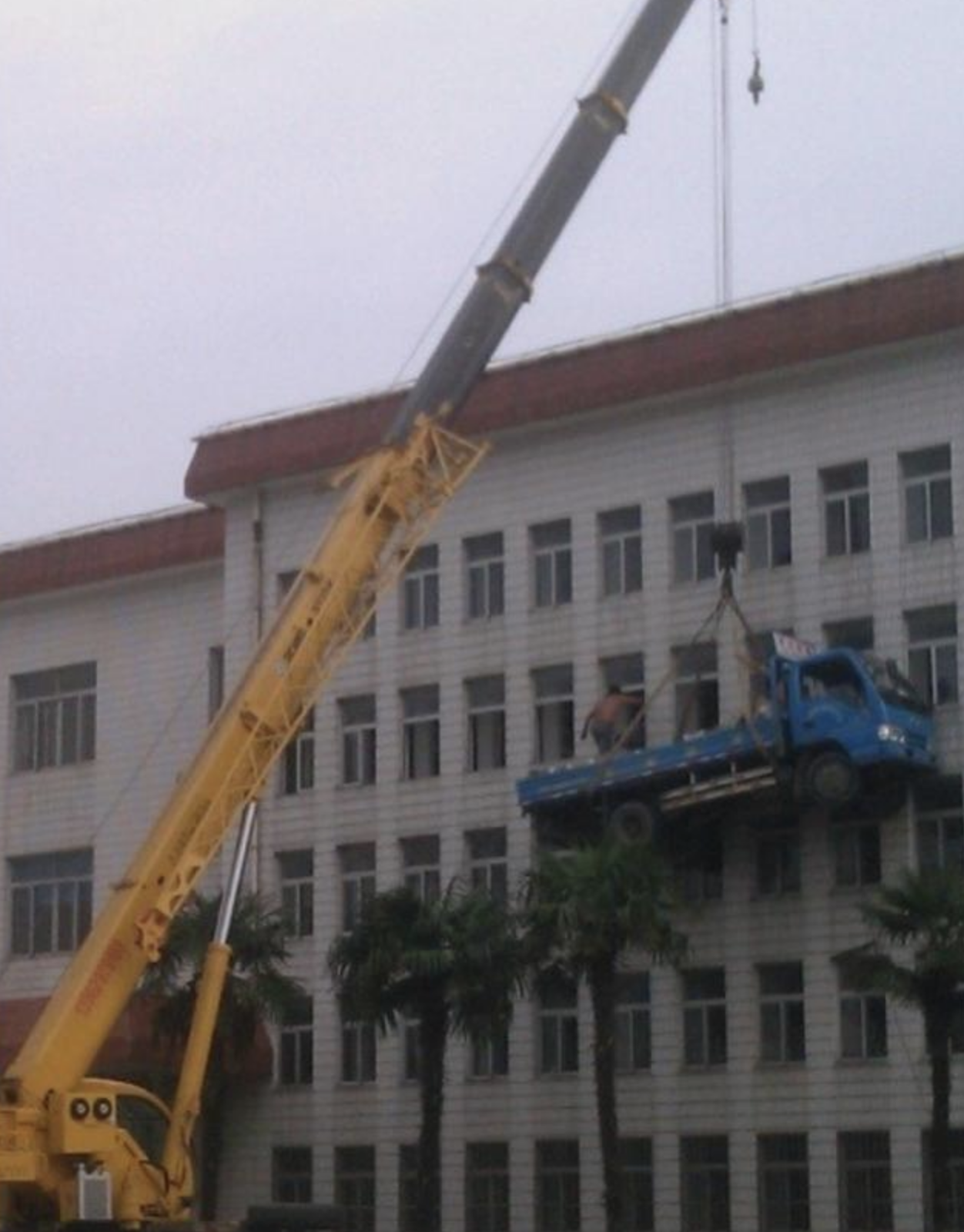
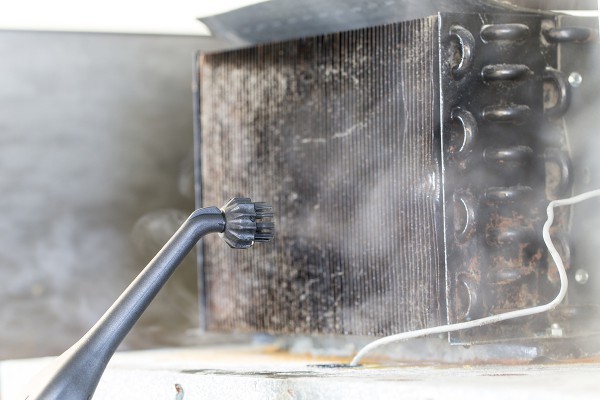

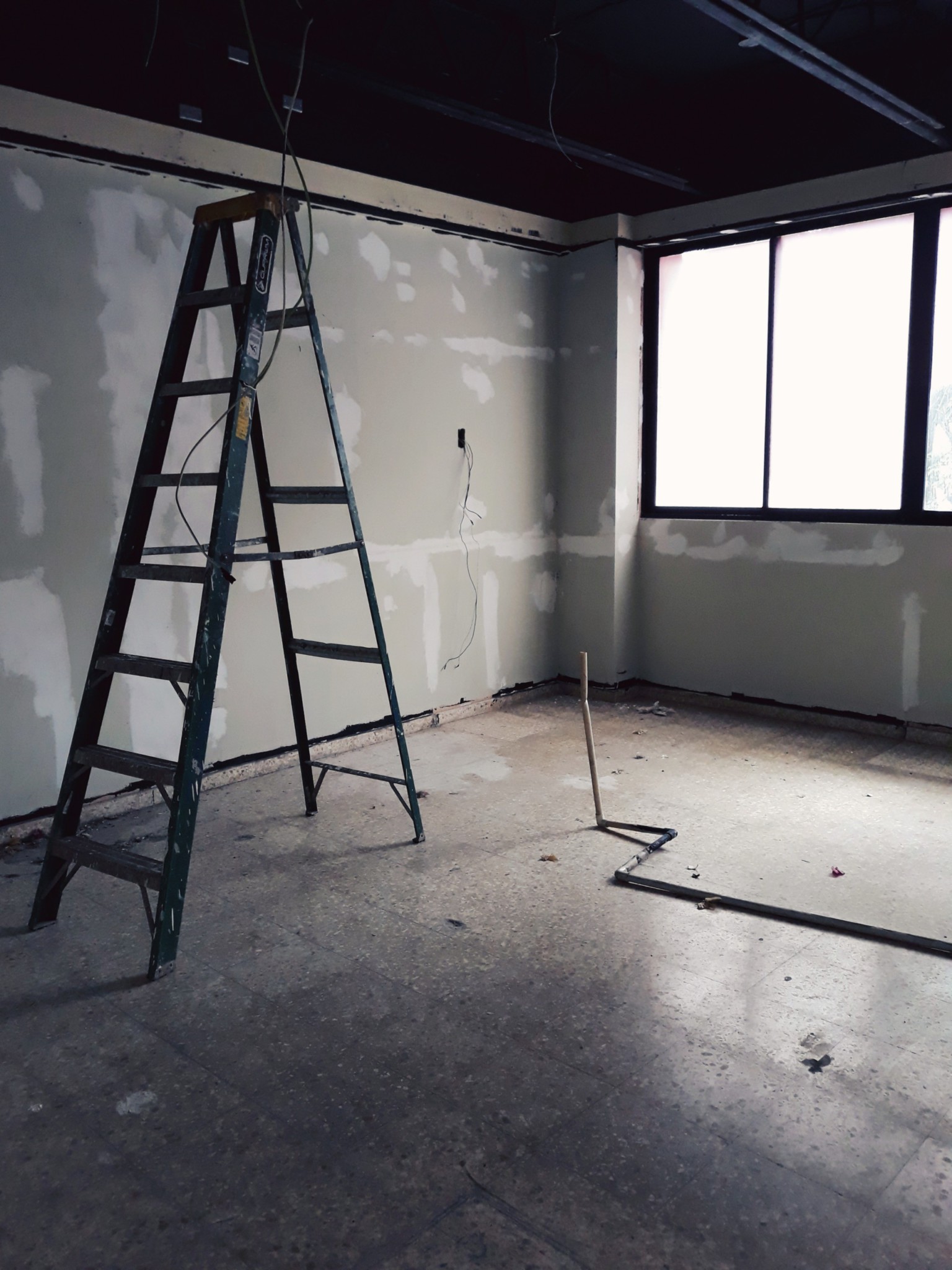

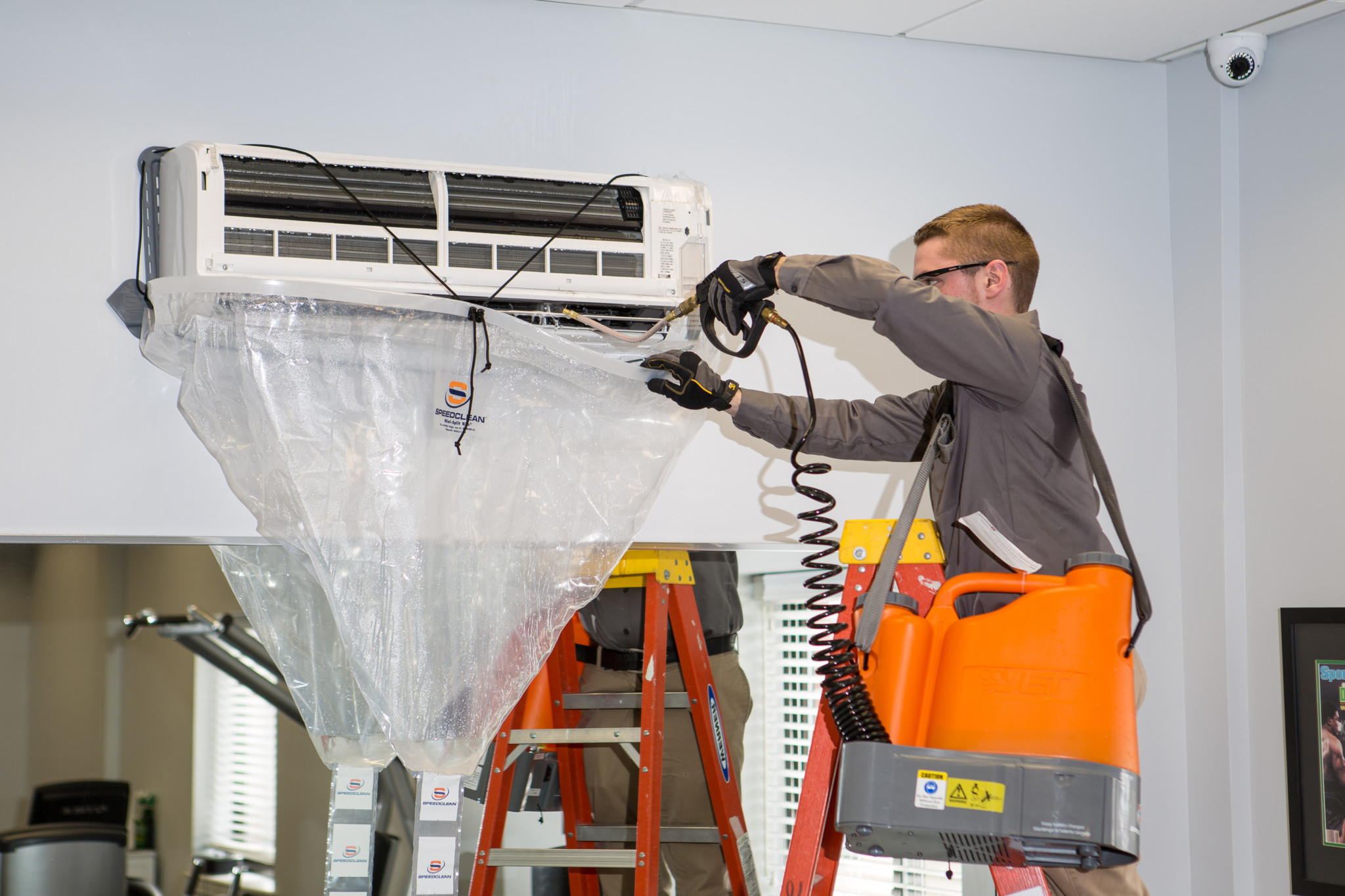
Leave A Comment